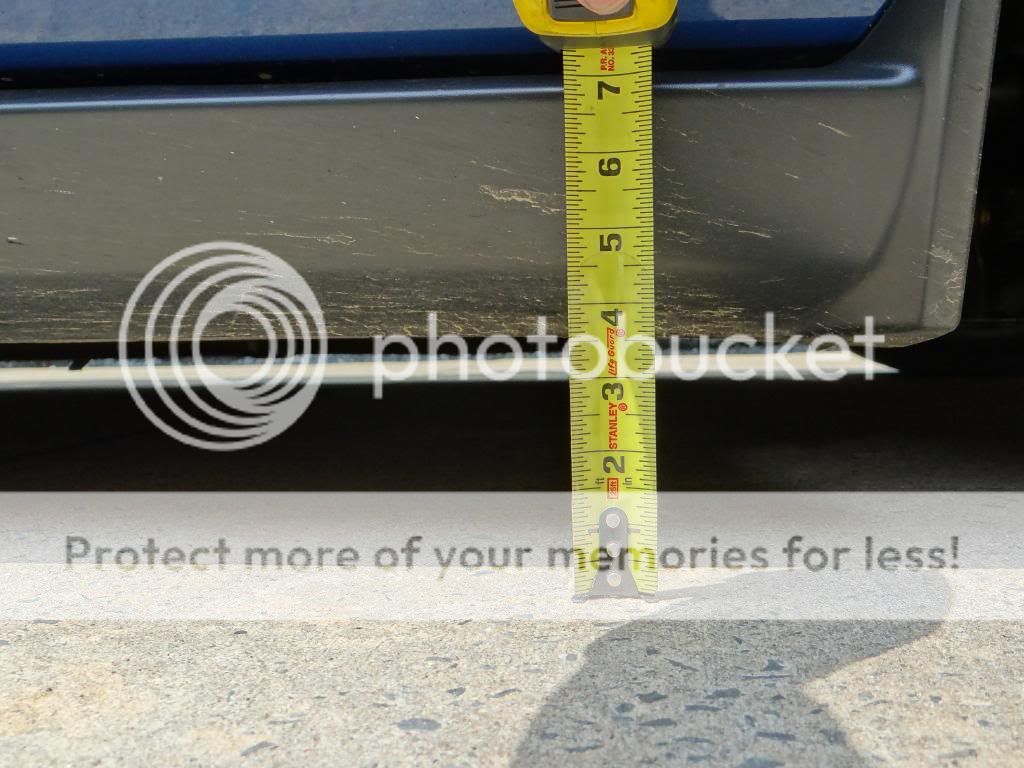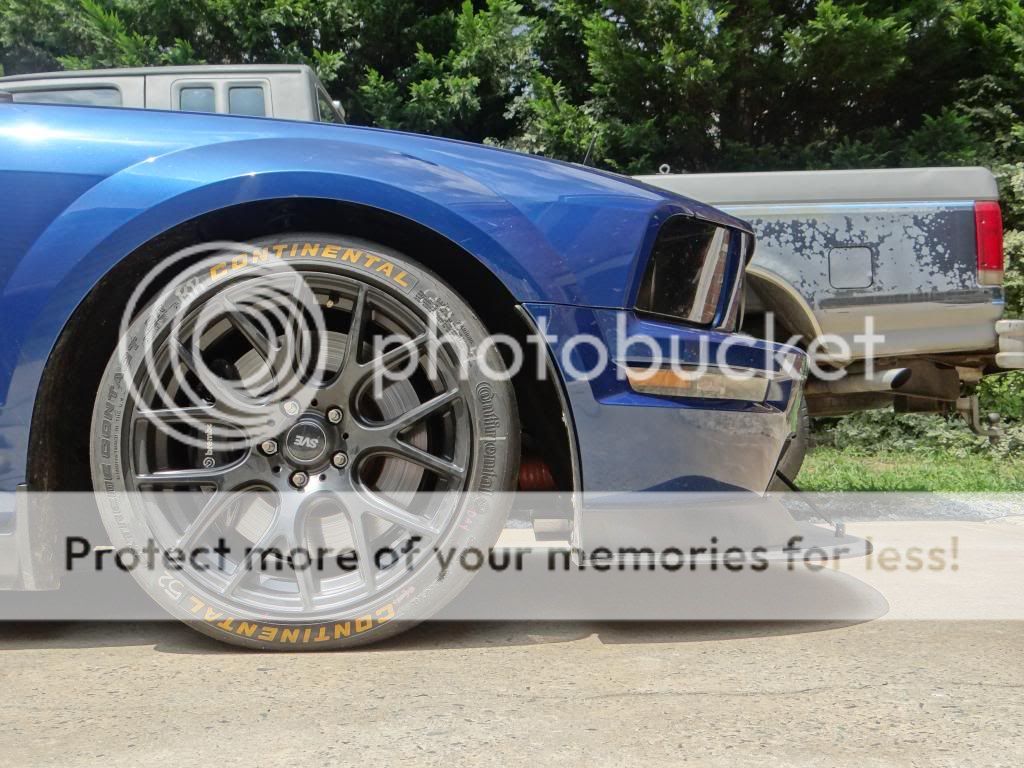The only real problem with either the o-ring or the zip tie is that the final position isn't restricted to aero load, it also takes surface shock load and braking weight transfer into effect. It's a good method for determining your ideal splitter height, but for 100+mph downforce measurement, the only "real" way to tell is a linear potentiometer and a datalogger. That way you can look at the long-term suspension compression and factor out bumps and braking. Or put a strain gauge inline with the strut rods. The linear pot would be cheaper...
Also, the aero force applied will generate a pretty small net movement once you factor in the spring rates. For example, assuming 100lbs of downforce, and 400lb/in springs, you're trying to measure a net 0.250" suspension compression from that force. To measure that and eliminate the "noise" of surface irregularities and braking events, you have to look at the trend vs. time, not a net maximum compression.
Right around $250, which really isn't bad when you think about it.
















